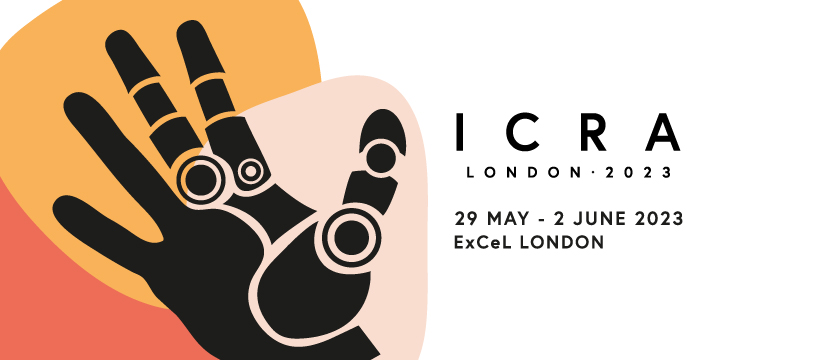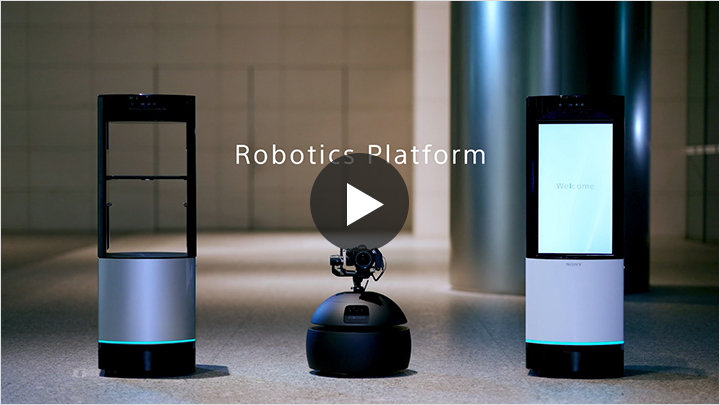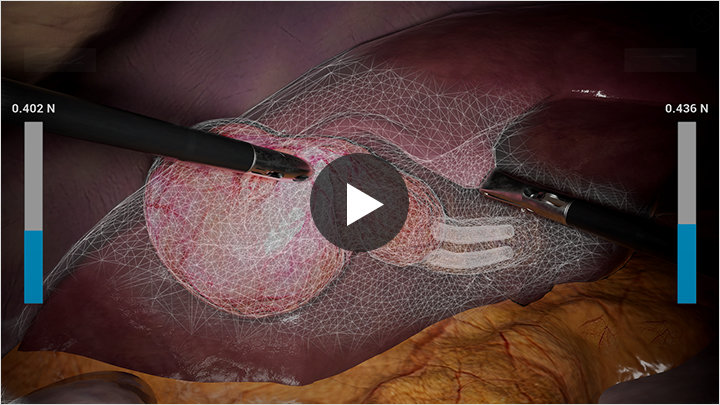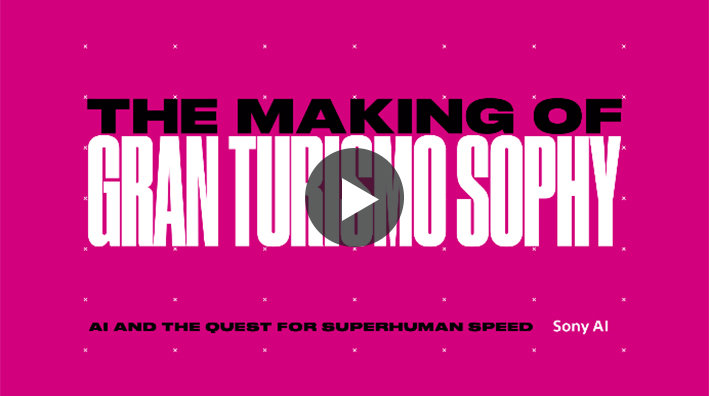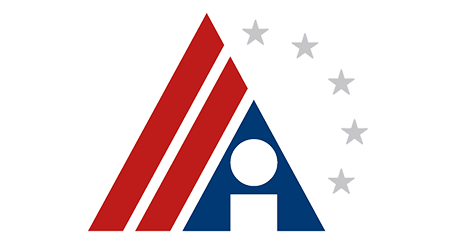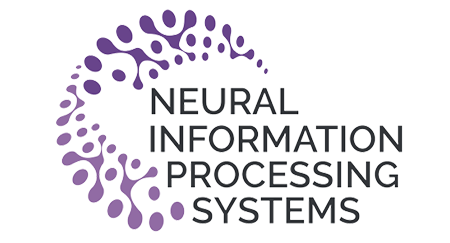- May 29 ~ June 2, 2023
- London, UK
- Robotics
ICRA 2023
2023 IEEE International Conference on Robotics and Automation (ICRA)
The largest and most prestigious event of the year in the Robotics and Automation calendar, 2023 IEEE International Conference on Robotics and Automation (ICRA) will bring together the world's top academics, researchers, and industry representatives. We look forward to this year's exciting sponsorship and exhibition opportunities, featuring a variety of ways to connect with participants in person. Sony will exhibit and participate as a Bronze sponsor.
Recruiting information for ICRA-2023
We look forward to working with highly motivated individuals to fill the world with emotion and to pioneer future innovation through dreams and curiosity. With us, you will be welcomed onto diverse, innovative, and creative teams set out to inspire the world.
At this time, our full-time and internship roles listed on this page are closed.
As such, please see all our other open positions through the links below.
Sony AI Page:
https://ai.sony/joinus/jobroles/
Global Careers Page:
https://www.sony.com/en/SonyInfo/Careers/japan/
NOTE: For those interested in Japan-based full-time and internship opportunities, please note the following points and benefits:
Japanese language skills are NOT required, as your work will be conducted in English.
Regarding Japan-based internships, please note that they are paid, and that we additionally cover round trip flights, visa expenses, commuting expenses, and accommodation expenses as part of our support package.
Regarding Japan-based full-time roles, in addition to your compensation and benefits package, we cover your flight to Japan, shipment of your belongings to Japan, visa expenses, commuting expenses, and more!
Technologies & Business use case
Technology 01 Robotics platform
"We want to drive robot development for everyone"
Sony's robotics platform was born from this idea. We will provide all the fundamental technology that we have fostered over many years, such as autonomous navigation, human tracking, control of multiple robots, operational tools and system state detection. With our platform, the self-position robustness will be improved, so that the autonomous robot can be mapped in a short time and be used immediately. Logistics and other such sites often encounter problems with collisions between robots or obstacles impeding travel when they introduce multiple autonomous robots. On the other hand, our platform automatically resolves these issues.
These technologies will help you to build basic functionality that requires the most development stress. You can greatly reduce both time and cost. In addition, you can concentrate on developing robot applications that you want to focus on for your business. Our platform leads to dramatically shorter effort to put a variety of high-quality robots to practical use. As a result, we intend to expand the potential of robots to a wide range of industries and channels, including logistics, retail, construction and entertainments.
Technology 02 Physically-Photo-Realistic Surgical Simulator
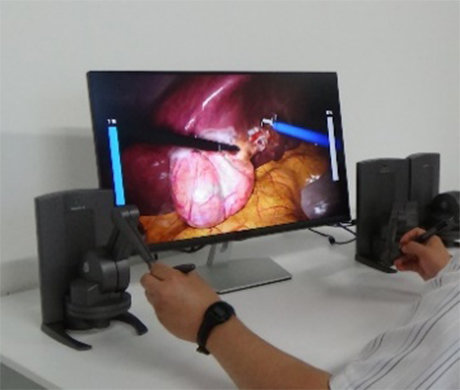
Expectation to VR surgical training is rapidly growing, but existing technologies have limited visual quality and don't provide physically accurate haptic feeling that it is crucial for training. This simulator can simulate realistic organ deformations by real-time physics-based calculation and is able to provide precise haptic feedback. Surgeons can demonstrate surgeries in virtual environment with photo-realistic visual under surgical procedure.
Disclaimer: This video contains a depiction of surgery and blood for scientific purposes. Viewer discretion is advised.
Technology 03 Enhancing games with cutting-edge AI to unlock new possibilities for game developers and players.
We are evolving Game-AI beyond rule-based systems by using deep reinforcement learning to train robust and challenging AI agents in gaming ecosystems. This technology enables game developers to design and deliver richer experiences for players. The recent demonstration of Gran Turismo Sophy™, a trained AI that beat world champions in the PlayStation™ game Gran Turismo™ SPORT, embodies the excitement and possibilities that emerge when modern AI is deployed in a rich gaming environment. As AI technology continues to evolve and mature, we believe it will help spark the imagination and creativity of game designers and players alike.
Can an AI outrace the best human Gran Turismo drivers in the world? Meet Gran Turismo Sophy and find out how the teams at Sony AI, Polyphony Digital Inc., and Sony Interactive Entertainment worked together to create this breakthrough technology. Gran Turismo Sophy is a groundbreaking achievement for AI, but there's more: it demonstrates the power of AI to deliver new gaming and entertainment experiences.
Publications
Publication 01 Benchmarking Reinforcement Learning Techniques for Autonomous Navigation
- Authors
- Zifan Xu, Bo Liu, Xuesu Xiao, Anirudh Nair, and Peter Stone (Sony AI)
- Abstract
- Deep reinforcement learning (RL) has broughtmany successes for autonomous robot navigation. However,there still exists important limitations that prevent real-worlduse of RL-based navigation systems. For example, most learningapproaches lack safety guarantees; and learned navigationsystems may not generalize well to unseen environments.Despite a variety of recent learning techniques to tackle thesechallenges in general, a lack of an open-source benchmarkand reproducible learning methods specifically for autonomousnavigation makes it difficult for roboticists to choose whatlearning methods to use for their mobile robots and for learningresearchers to identify current shortcomings of general learningmethods for autonomous navigation. In this paper, we identifyfour major desiderata of applying deep RL approaches forautonomous navigation: (D1) reasoning under uncertainty, (D2)safety, (D3) learning from limited trial-and-error data, and (D4)generalization to diverse and novel environments. Then, weexplore four major classes of learning techniques with thepurpose of achieving one or more of the four desiderata:memory-based neural network architectures (D1), safe RL (D2),model-based RL (D2, D3), and domain randomization (D4). Bydeploying these learning techniques in a new open-source large-scale navigation benchmark and real-world environments, weperform a comprehensive study aimed at establishing to whatextent can these techniques achieve these desiderata for RL-based navigation systems
Publication 02 Learning Perceptual Hallucination for Multi-Robot Navigation in Narrow Hallways
- Authors
- Jin-Soo Park, Xuesu Xiao, Garrett Warnell, Harel Yedidsion, and Peter Stone (Sony AI)
- Abstract
- While current systems for autonomous robot navigation can produce safe and efficient motion plans in static environments, they usually generate suboptimal behaviors when multiple robots must navigate together in confined spaces. For example, when two robots meet each other in a narrow hallway, they may either turn around to find an alternative route or collide with each other. This paper presents a new approach to navigation that allows two robots to pass each other in a narrow hallway without colliding, stopping, or waiting. Our approach, Perceptual Hallucination for Hallway Passing (PHHP), learns to synthetically generate virtual obstacles (i.e., perceptual hallucination) to facilitate passing in narrow hallways by multiple robots that utilize otherwise standard autonomous navigation systems. Our experiments on physical robots in a variety of hallways show improved performance compared to multiple baselines.

